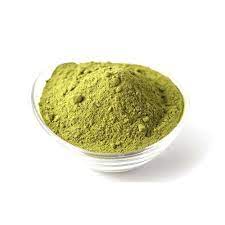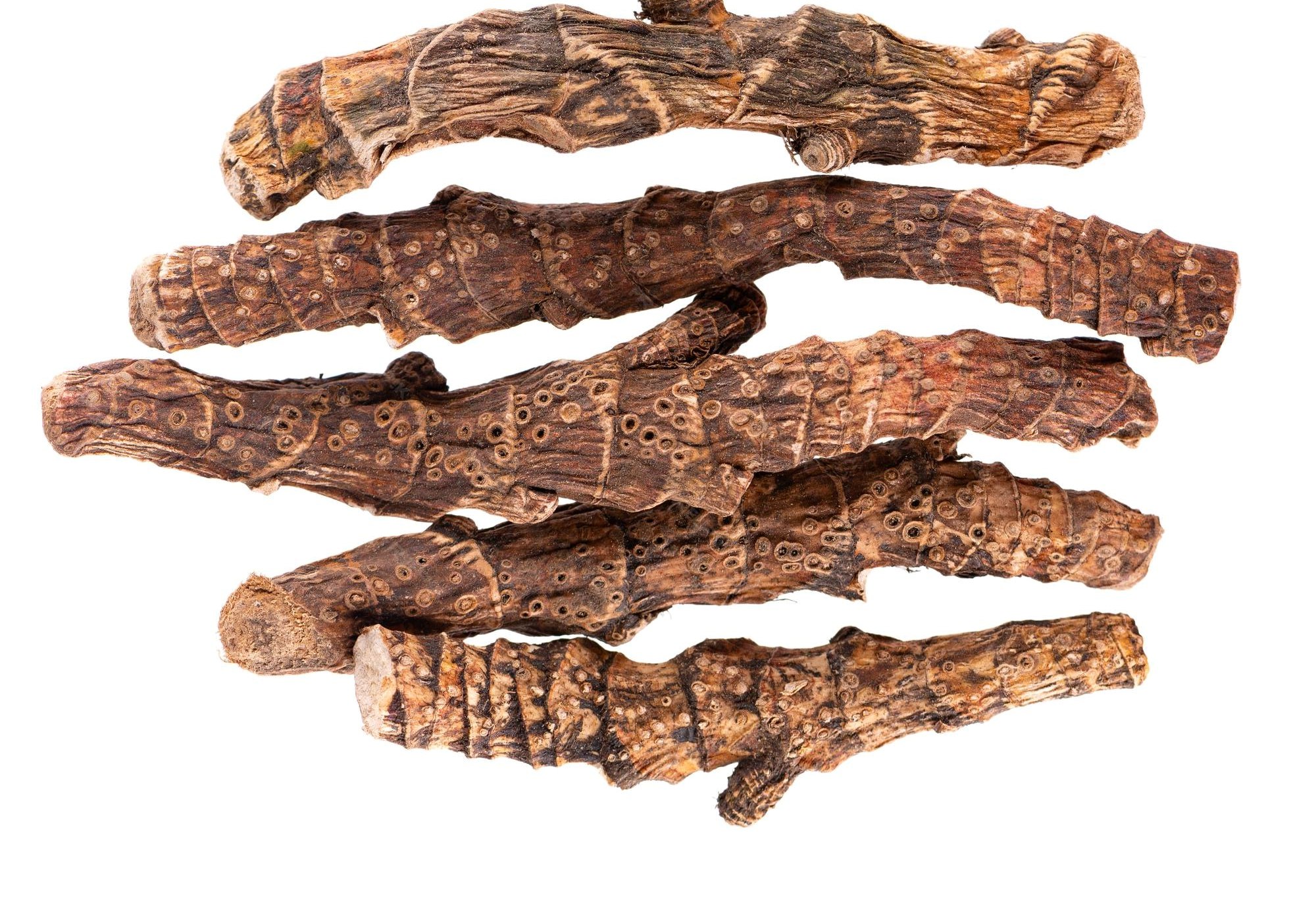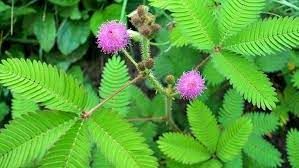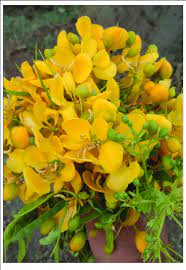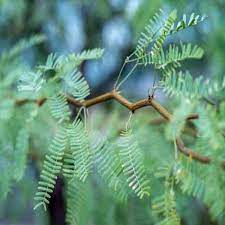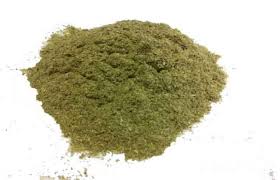Neem Twigs for Kids: Teaching Sustainable Oral Hygiene Early

Introduction
In today's world, where sustainability and natural living are becoming increasingly important, introducing children to eco-friendly practices from an early age is crucial. One such practice is using neem twigs for oral hygiene. Neem, a tree native to the Indian subcontinent, has been used for centuries for its medicinal properties, particularly in dental care. This guide will explore the benefits of neem twigs for kids, how to use them, and why they are a sustainable choice for oral hygiene.
What are Neem Twigs?
Neem twigs, also known as neem datun, are small branches from the neem tree (Azadirachta indica). These twigs have been traditionally used in many cultures, especially in India, as a natural toothbrush. The neem tree is renowned for its antibacterial, antifungal, and anti-inflammatory properties, making its twigs an excellent tool for maintaining oral health.
Benefits of Neem Twigs for Kids
-
Natural Antibacterial Properties: Neem twigs contain compounds that combat bacteria, reducing the risk of cavities and gum disease.
-
Promotes Healthy Gums: The anti-inflammatory properties of neem help soothe gums and prevent inflammation, which is particularly beneficial for kids who might not yet have perfected their brushing technique.
-
Chemical-Free Oral Care: Unlike many commercial toothpastes that contain artificial ingredients and chemicals, neem twigs offer a completely natural alternative.
-
Sustainability: Neem trees grow abundantly and sustainably. Using neem twigs reduces the environmental impact of plastic toothbrushes and chemical-laden toothpaste tubes.
-
Cultural Heritage: Introducing children to traditional practices like using neem twigs helps preserve cultural heritage and encourages a deeper connection to nature.
How to Use Neem Twigs for Kids
-
Selecting the Right Twig: Choose fresh, young neem twigs that are about the thickness of a pencil. They should be green and pliable, not dried out.
-
Preparing the Twig: Wash the twig thoroughly. Peel off about an inch of the bark at one end and chew the exposed part until it forms bristles.
-
Brushing Technique: Teach your child to gently brush their teeth with the bristled end, using short, gentle strokes. They should also massage their gums with the twig to promote circulation and gum health.
-
Spit, Don't Swallow: Ensure your child understands to spit out any residue and not to swallow the bits of neem bark or the juices.
-
Dispose of the Used Twig: After a few uses, when the twig becomes frayed, it should be replaced. The used twig can be composted, making it an eco-friendly option.
Making the Transition Fun and Educational
-
Storytelling: Share stories about how people in different parts of the world use neem twigs, making the experience more interesting for kids.
-
Gardening Together: If possible, plant a neem tree together. Watching it grow can instill a sense of responsibility and connection to the environment.
-
Craft Activities: Incorporate neem twigs into craft activities to make the learning process enjoyable. Kids can decorate their twig holder or make a neem twig toothbrush holder.
Conclusion
Introducing neem twigs for oral hygiene to kids is a step towards sustainable living and preserving traditional practices. It promotes healthy teeth and gums naturally, reduces environmental impact, and connects children with nature and cultural heritage. By making the process fun and educational, parents can encourage their children to adopt this eco-friendly practice with enthusiasm.
Click here https://hbkonline.in/organic-neem-sticks to get organic neem sticks



